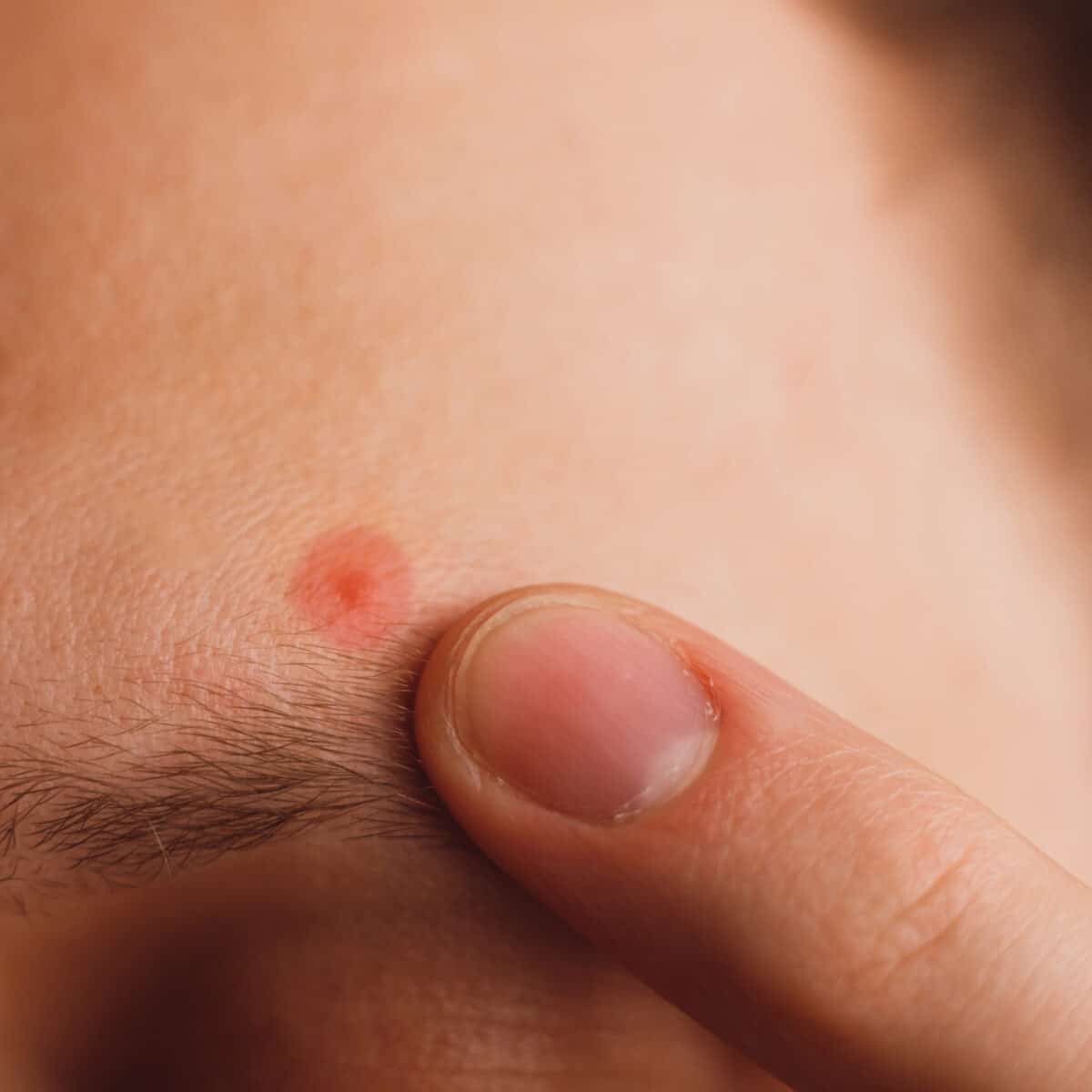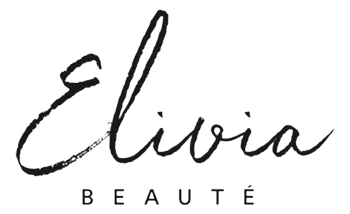
How To Deal With Pimples
Causes
We’ve all been there, when you wake up in the morning, have an important day ahead of you and a new pesky pimple has shown up on your face. Although most common on the face, pimples show up on your neck, back, chest, and even inside of your nose. Pimples can be caused by clogged or inflamed oil glands or an increased presence of pimple-causing bacteria on your skin. Sometimes this leads to infection and inflammation. Let’s dive deeper into how to deal with pimples.
Pimples: A deeper understanding
The sebaceous glands are tiny skin glands that secrete a substance called sebum, a waxy or oil substance that lubricates the skin and hair.
Sebaceous glands are found deep inside the pores of our skin, all over the body, except the palms of the hands and soles of our feet.
When the glands produce sebum inside the pores, new skin cells are constantly growing and the outer layers of skin are being shed.
However, sometimes dead skin cells do not shed. They remain in the pores and get stuck together by the sticky sebum, causing a blockage in the pore.
Pore blockage is more likely to occur during puberty, as the sebaceous glands produce more sebum at this time.
Bacterial Infection
If you have an accumulation of dead skin cells and sebum that blocks the pore, this can lead to the growth of an opportunistic bacteria (propionibacterium) that has been linked to acne.
We naturally have this bacteria on our skin but when the overall balance of bacteria shifts, it can become opportunistic and cause problems. This specific bacteria can feed off the sebum and produce a substance that causes an immune response. This response can lead to skin inflammation.
These are the primary causes of acne but many different types of pimples can appear on the skin.
Different types of pimples
The different types of pimples depend on the symptoms that you have.
- Papules: These are small bumps that may become inflamed (warm to touch and painful).
- Blackheads: When the pore stays open and the skin contains excess oil and dead skin, this is a blackhead. It may look like there’s a tiny piece of dirt or a dark spot in the bump. This is due to irregular light reflection off the clogged follicle.
- Whiteheads: These are the bumps that remain closed by oil and dead skin. They’re white or yellowish.
- Nodules: These are rounded or unusually shaped masses. They may be deep in your skin, and they’re often painful.
- Pustules: These are pus-filled pimples that tend to look like whiteheads surrounded by discoloured rings. Picking or scratching your pustules can cause scarring.
- Cysts: When pimples are filled with a thick yellow or white fluid, these are called cysts. More often than not cysts can cause scarring to occur.
What happens when you pop pimples?
Popping pimples can be oh so satisfying however it is best to not squeeze or pop pimples. Squeezing pimples can cause several problems including:
- Introducing bacteria into the pimple opening. Bacteria can cause or lead to an infection.
- Irritation of the skin. The skin is ultra-sensitive and nails are much stronger than the skin. When nails are used to apply a lot of pressure to the skin to pop a pimple, inflammation can occur.
- Scarring the skin. If too much pressure is applied you can draw blood and seriously damage your skin. If pimples are deep in the skin then they may not be able to be extracted.
How to effectively deal with pimples
As we’ve mentioned in our previous article diet and lifestyle play a big role in pimple development and they are factors that mustn’t be ignored to achieve optimal skin health.
There are also 11 evidence-based tips that can help you deal with pimples and have clear skin:
- Wash your face twice a day.
- Use a mild cleanser such as ZO skin health gentle cleanser.
- Depending on your skin type and the type of acne you have, apply an acne-fighting agent.
- Apply a non-comedogenic moisturizer.
- Exfoliate your skin. For chemical exfoliants like SkinMedica, AHA BHA Cream aim for once or twice a week. For physical exfoliants, like scrubs or brushes, aim for 3-4 times a week. It’s best to start with fewer exfoliating sessions and work your way up to prevent over-exfoliating
- Get plenty of sleep, 7-9 hours of quality sleep each night
- Pick your makeup wisely. Choose makeup that won’t clog your pores.
- Don’t pick at your skin.
- Relax.
- Take it easy on the processed sugars and focus on a low glycemic diet.
- Don’t smoke.
Learning how to take care of your skin can be confusing at first, but once you find what works for you it becomes second nature. We hope this article has brought some clarity to your mind and transfers to your skin!



